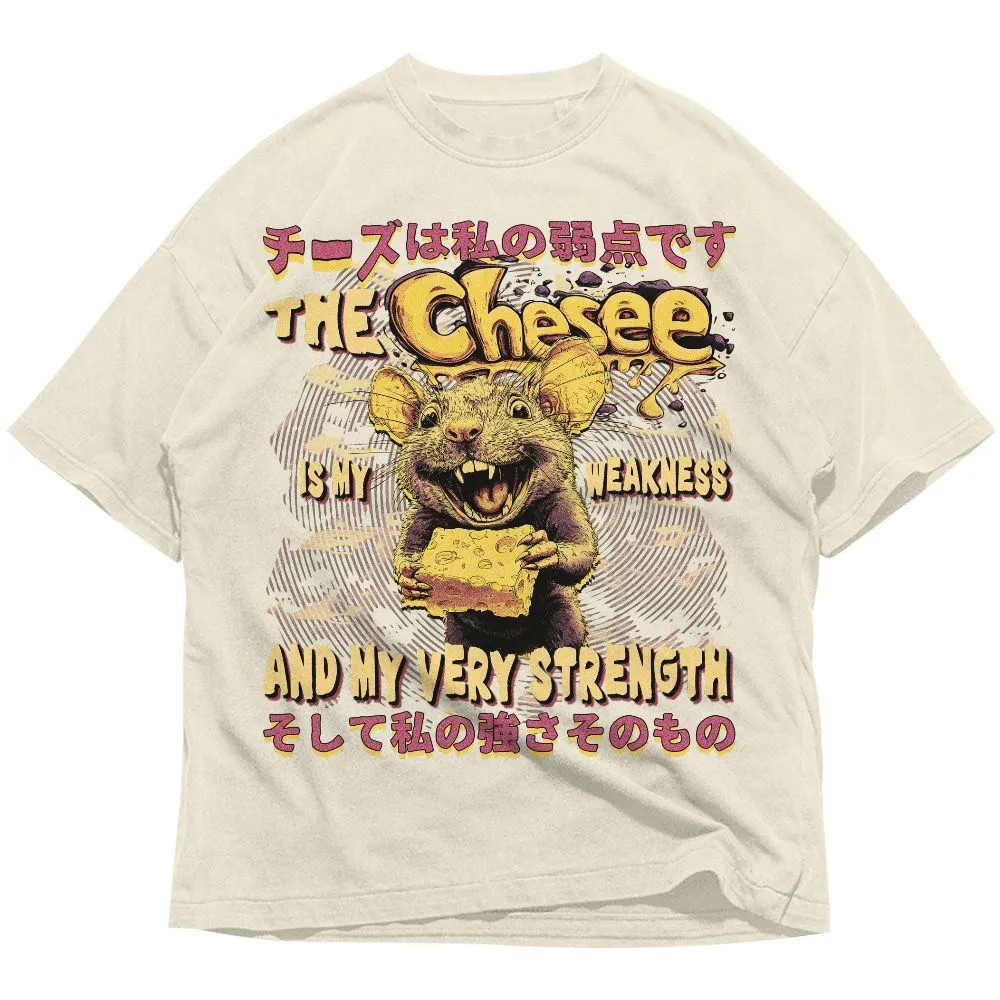
Daki means ‘cliffs’ in Japanese. What seems like a simple dialect word actually hides a chilling legend. Behind it lies the image of eerie women who feed on human blood, haunting Saga’s fishermen for centuries. Let’s dive deeper into the story of Daki together with KamiCrew.
What is Daki?
Daki (ダキ・だき) is a dialect word meaning “cliffs,” used locally in Saga Prefecture, Japan. But behind this ordinary term lies a chilling piece of folklore: terrifying female spirits said to haunt the rocky shores, feeding on human life.
Translation and Etymology
The name Daki originates from a regional variant of dangai (断崖), meaning “cliff.” In Saga, however, the word carries more than just geographical meaning — it’s tied to legends of bloodthirsty women lurking around Kakarashima Island, waiting for unsuspecting fishermen.
Habitat and Diet
Daki are believed to dwell along jagged seaside cliffs where waves crash relentlessly. Unlike the fishermen who thrive on their daily catch, these spirits hunger for something far darker: human blood. Locals warn that anyone wandering near the rocks at night risks crossing paths with a Daki.
Latest blog this week: Uondo in Japanese Literature and Art: A Hidden Icon 2025
Appearance
In most accounts, Daki take the form of eerily beautiful women — captivating yet unsettling. Their cold eyes and uncanny smiles make the air grow heavy with dread. This blend of allure and menace turns their presence into a trap, as irresistible as it is deadly.

Read more: Gashadokuro: The Terrifying Giant Skeleton of Japanese Folklore 2025
Personality and Behavior
Daki are tricksters and predators. They often disguise themselves as starving beggars, approaching fishermen cooking their meals by the shore. Whether given food or not doesn’t matter—their true intent is to draw close enough to strike.
Once within reach, they attack swiftly, draining the life from their victims. Fishermen in Saga adapted by anchoring boats without tying ropes—ready to cut loose and flee at the first sign of danger.
Cultural Significance
Far more than a ghost story, Daki embodies the fear of the sea deeply ingrained in Japanese culture. They reflect the fragile balance between humans and the ocean—an abundant provider, yet also a place of untold dangers.
You might like: Byakko Tiger: The Legendary White Guardian of Japanese Mythology
Daki in Modern Associations
Today, Daki live on in folklore studies, yōkai encyclopedias, and artistic works ranging from woodblock prints and kabuki plays to modern manga. The legend remains both terrifying and fascinating, cementing Daki as a compelling part of Japan’s cultural imagination.
At KamiCrew, we believe myths and culture are more than just stories — they’re living inspirations. Drawing from legends like Daki and countless other echoes of Japan’s past, KamiCrew blends tradition with modern design to create fashion that tells a story.
Our collections of t-shirts, hoodies, and sweaters capture that spirit, letting you carry a piece of Japanese culture wherever you go.

Read more: What is Kirin in Japanese History and Art: A Symbol of Good Fortune
Bottom Line
Daki is a haunting fusion of harsh nature, supernatural dread, and human imagination. From a simple dialect word for ‘cliffs,’ they’ve grown into a symbol of survival, caution, and the eerie beauty of life lived at the ocean’s edge. Curious about more legends and Japanese-inspired stories? Check out the KamiCrew blogs for deeper dives into culture, myth, and style.








































